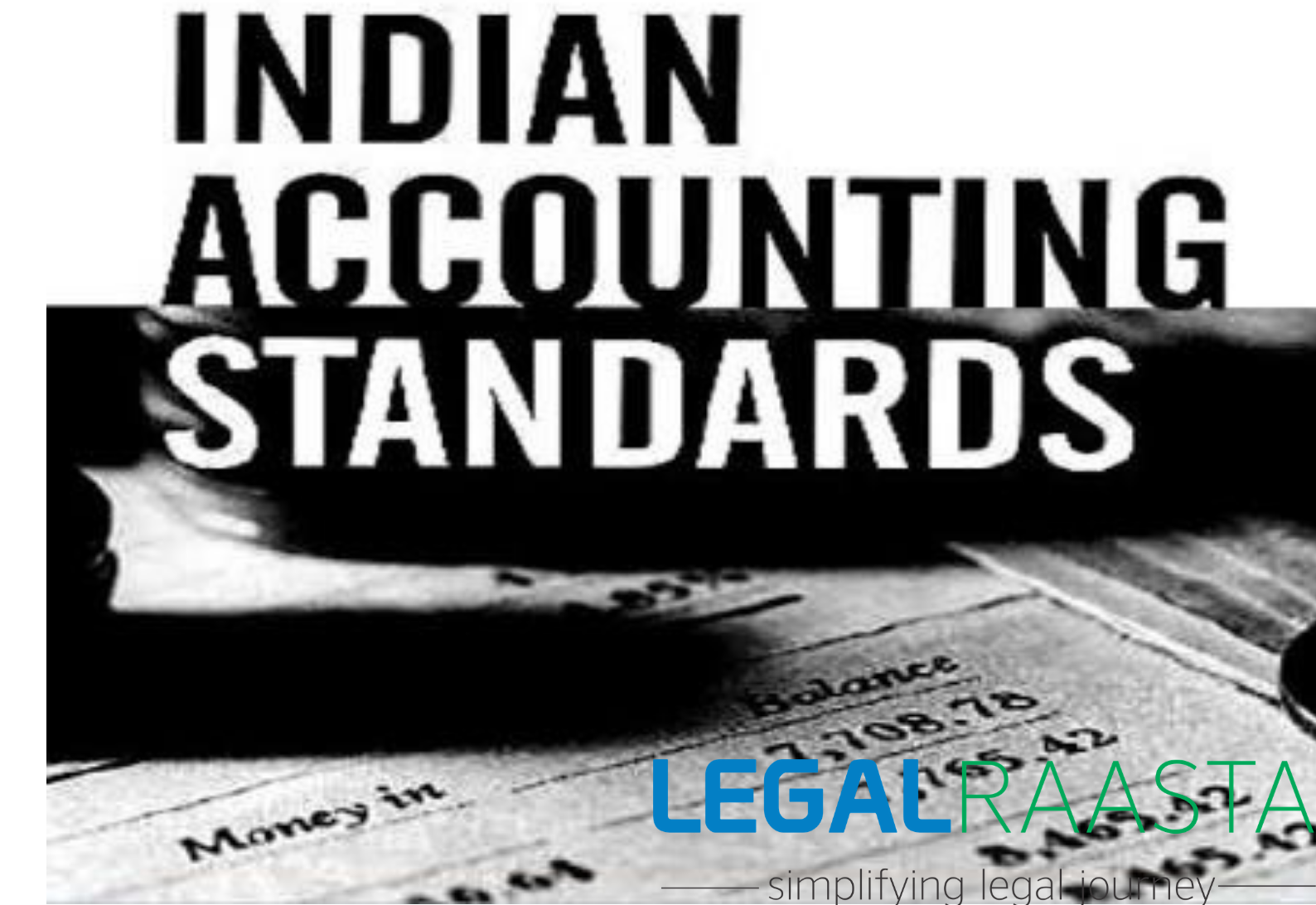What are the External Commercial Borrowings Forms for NBFCs that have been updated?
The RBI recently published new criteria for NBFC funding through External Commercial Borrowings (ECB). The new rules are a win for the NBFC sector, which is struggling to raise capital from the domestic market. New parameters for NBFC funding through external commercial borrowings were recently released by the RBI (ECB). The new guidelines are a triumph for the NBFC sector, which has been having difficulty raising financing from the domestic market. The decision was made to provide Non-Banking Financial Companies with long-term funding availability (NBFCs). Except for international branches/overseas subsidiaries of Indian banks, the External Commercial Borrowings shall be raised from qualifying lenders. Previously, in an order dated March 26, 2019, the ECB prevented ECB proceedings from being used for working capital or the repayment of bank debt. The highlight of this announcement is the solution to the NBFC problem of mismatched assets and liabilities.Changes in the ECB's NBFC Funding Policy
The following are the changes in RBI provision in respect to ECB funding:As per the previous provision dated March 26th, 2019
According to the RBI's rule, ECB revenues cannot be used for working capital, general corporate purposes, or repayment of rupee debts unless the ECB is obtained from a foreign equity holder for a minimum average maturity length of 5 years. Furthermore, using ECB funds to finance these operations was forbidden.What is the definition of a foreign equity holder?
A foreign equity holder, according to the RBI, is a person who owns a direct equity stake in the borrowing entity of at least 25%. If the person is an indirect equity investor, he must own at least 51 percent of the company. A collection of companies with a common parent from another country also falls under this category. The latest RBI notification on the use of External Commercial Borrowings permitted for the use of such borrowings for working capital, general corporate purposes, and loan repayment. According to the data, NBFC bank credit was 6.2 lakh crores as of April 2019. (ECB) for working capital The RBI permitted the use of ECBs with a 10-year maturity period for working capital and general corporate purposes. Borrowing for on-lending by NBFCs is also permissible for the above-mentioned maturity period and end-uses. The RBI stated that “borrowing for on-lending by non-banking financial businesses for a 10-year term and end-uses is also permitted.” The RBI also allowed the use of External Commercial Borrowings to repay rupee loans and bank loans taken out in the country for capital expenditure. The average maturity period for such ECB usage is seven years. Furthermore, if current bank loans are used for purposes other than capital expenditure, the maturity time will stay at ten years. “NBFCs will be allowed to borrow for on-lending to repay rupee loans,” says the statement. “The minimum average maturity period of the ECB would have to be 10 years for repayment of rupee loans availed domestically for purposes other than capital expenditure and for on-lending by NBFCs for the same,” the RBI stated.What are the definitions of Eligible Lenders and Eligible Borrowers?
The RBI has established eligibility criteria for both borrowers and lenders. Only these businesses and individuals are allowed to borrow and lend money through External Commercial Borrowings. There are two types of borrowers and lenders who are eligible. This distinction is made on the basis of the currency used in financial transactions. According to RBI's Master Direction - External Commercial Borrowings, Trade Credits, and Structured Obligations, funds taken in any freely convertible foreign currency and funds taken in Indian Rupee (INR) have different eligibility.- Borrowers Eligible for Funds in Easily Convertible Foreign Currency
- Borrowers Eligible for Funds Taken in Indian Currency (INR)
- Lenders who are eligible to lend funds through the ECB
New ECB Norms on NBFC Financing are Required
The new rules were enacted in response to the industry's current liquidity shortage. Following the emergence of the NBFC crisis, banks dramatically reduced their financing to NBFCs. The issue has sparked panic among the country's 10000 or so NBFCs. The three main sources of NBFC borrowing are bank loans, mutual fund borrowings, and funding. In the event of a crisis, the NBFC industry would have a difficult time raising funds from any of the three domestic markets. According to industry observers, the sector's problems stem mostly from NBFCs' borrowing patterns, rather than their lending methods. NBFCs used to borrow for a period of 6 months to 3 years in short-term loan papers or commercial papers.The ECB's Norms and Their Impact on NBFCs
The RBI announcement comes at a time when NBFCs are having difficulty raising capital in the domestic market. The move is likely to make it easier for such businesses to raise financing from outside. According to RBI's revised ECB regulations, the minimum ECB maturity time for working capital and general business purposes is ten years. The ECB's infusion of NBFC funding is expected to aid NBFCs that are having trouble maintaining a positive working capital ratio. The funding will allow businesses to be more flexible in their operations. The ability to use ECB to repay bank debt was another benefit. This is intended to bring NBFC default rates into balance. The government anticipates providing financial stability to the NBFC sector and making a cheaper source of NBFC funding available. According to sources, the NBFC earned 4.01 crores through the sale of commercial paper in the fiscal year 2019. The ability to access ECB funds will help to minimize reliance on commercial papers. Surprisingly, NBFCs are the MSME sector's primary source of capital. As a result, the NBFC sector's stability is critical for MSME growth. Experts believe that NBFCs will benefit from ECB funding since it will provide them more flexibility in their lending operations.When will these new FDI policy norms have an impact on ECBs?
On-lending by NBFCs for working capital or general corporate purposes must have a minimum average maturity duration of ten years. The conversion of ECBs, including those that have matured but have not been paid, into equity is possible under RBI regulations. However, some rigorous restrictions on ECBs purchased from foreign countries or from Chinese investors are possible. This is true in the event of any loans obtained from these foreign individuals (which are convertible into equity). If the loan was taken before the amendment of the Companies Act and had an average maturity length of more than 10 years, it would be subject to the FDI amendment standards. In this instance, the loan and borrowing company's activities will be covered by the Foreign Direct Investment route approved by the government (FDI). To summarise, if a loan is converted to equity, the foregoing FDI approval requirements for Chinese investments will also apply.Related Blogs: Annual Compliance of NBFCs India Buying and Selling of NBFCs in India Difference between NBFC and Microfinance Companies










